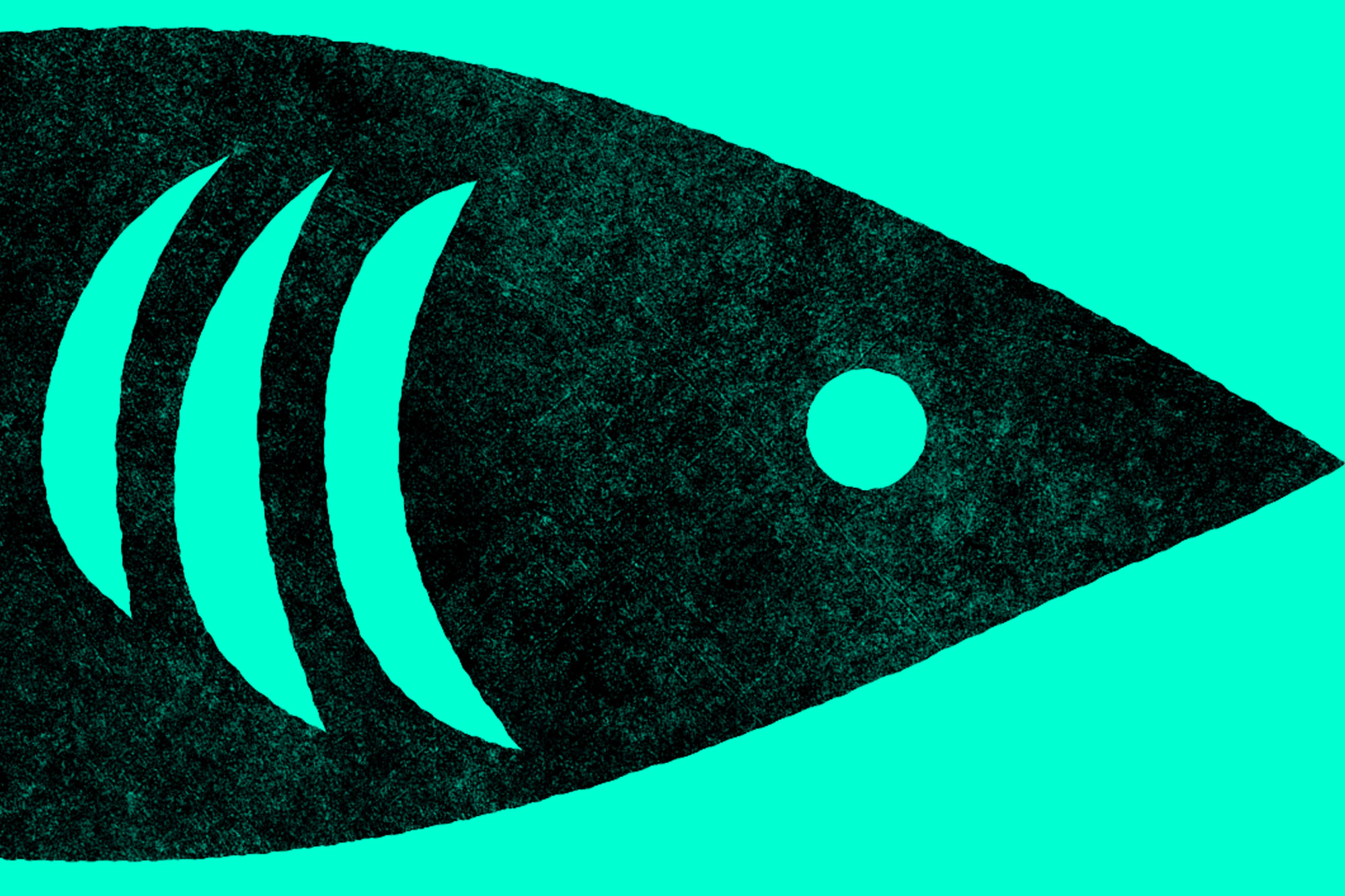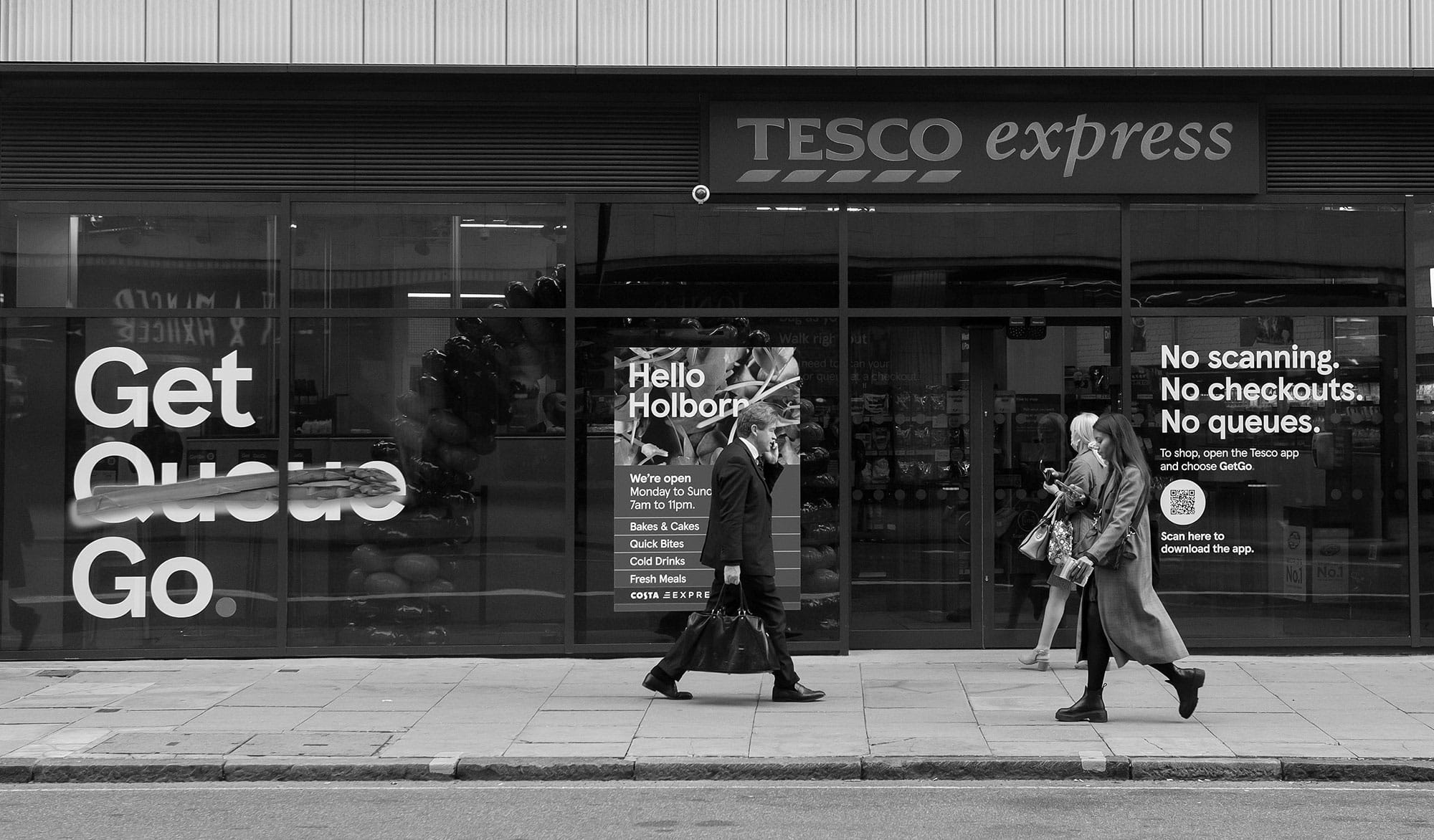how the high street is reacting to the rising cost of living.

As the cost of living continues to bite, inflation hits a 40-year high and the UK sinks further into recession, customer confidence is plummeting – and brands are searching for an appropriate
response.
For those operating at the lower end of the income scale, it’s much more than a comms problem. Customers have no choice but to cut back their spending, and that’s leading some high street names to explore new ways of doing business.
Take Iceland. The frozen food specialist is partnering with ethical lender Fair for You to give customers access to an interest-free micro-loans to spend in-store or online, via a pre-paid card. On one hand, it’s basically just a form of store credit – on the other, it’s a genuinely helpful intervention for Iceland customers. It’s still rooted in their core purpose – selling food – but it’s coming at it from a new angle. According to The Big Issue, 50,000 people applied to the scheme in its first week.
Poundland, meanwhile, is expanding its range – and changing the way it’s merchandised – with a new ‘cost of living’ aisle. Rolling out to 300 stores over the next 12 months, these aisles will host an expanded range of discounted items, including frozen food and own-brand clothing. Again, it’s not a complete change from business as usual – Poundland has always sold cheap goods, including non-frozen food – but a shift in approach, and in execution.
In the middle of the market, the focus is less about new initiatives, and more about reassurance. Tesco – still the UK’s largest supermarket by some distance – has promised to keep the weekly shop as affordable as possible and is freezing the prices of more than 1,000 everyday products until 2023. Asda and Morrison’s have made similar pledges.
Tesco also continues to offer its longstanding Aldi Price Match. Sainsbury’s does the same, while Amazon claims to match Tesco, and Asda looks slightly further afield, promising to match household discounter Home Bargains.
All of these supermarkets have also upped their charitable activities, with direct donations (Tesco has given £1m to the Trussell Trust and FareShare) and food collection drives in-store.
BRANDS RISK ALIENATING CUSTOMERS IF THEY’RE TOO GLIB
The similarity of their offers and activities puts the focus back on other factors, such as quality, service, value – and of course, brand and marketing. And this presents a challenge of its own. Striking the right tone is crucial. On the one hand, brands risk alienating customers if they’re too glib, or conversely, too depressing – especially as Christmas approaches. Tesco boss Ken Murphy believes customers are still determined to enjoy Christmas, and after the hard years of Covid, that certainly rings true.
Another big danger is appearing to patronise customers with unhelpful or unnecessary advice. People on tight budgets are often the most adept at managing them, after all, and don’t need advice from huge corporations. One way around this is through partnerships, such as Superdrug’s ‘Shop Smart’ initiative, fronted by poverty campaigner Jack Monroe. Jack gives the campaign an authenticity and authority that would otherwise be lacking.
Then there’s the other end of the market. Here, the crisis is still present – though naturally, somewhat less pressing. A recent Guardian article highlighted the fact that a large proportion of households are actually pretty well placed to weather the storm, with more than enough disposable income to counter inflationary rises.
SALES OF FISH HEADS HAVE GONE UP BY 34%
However, many of these consumers are still keen to demonstrate their thriftiness and frugality, with talk of wearing extra layers and cutting back on spending, regardless of their relative comfort. In Waitrose, sales of fish heads have gone up by 34%, while traditionally cheaper cuts like beef shin and ox cheek are also selling more. It’s difficult to see this as a purely economic response: it’s also a reflection of the national conversation and its media coverage. And for some, it’s a lifestyle choice.
One thing is clear though, across the board: whatever their motives, and whatever their bank balance, everyone’s paying more attention to how they spend their money. Brands need to tread carefully in the months ahead. Those who get it right will win hearts, minds and spend.



